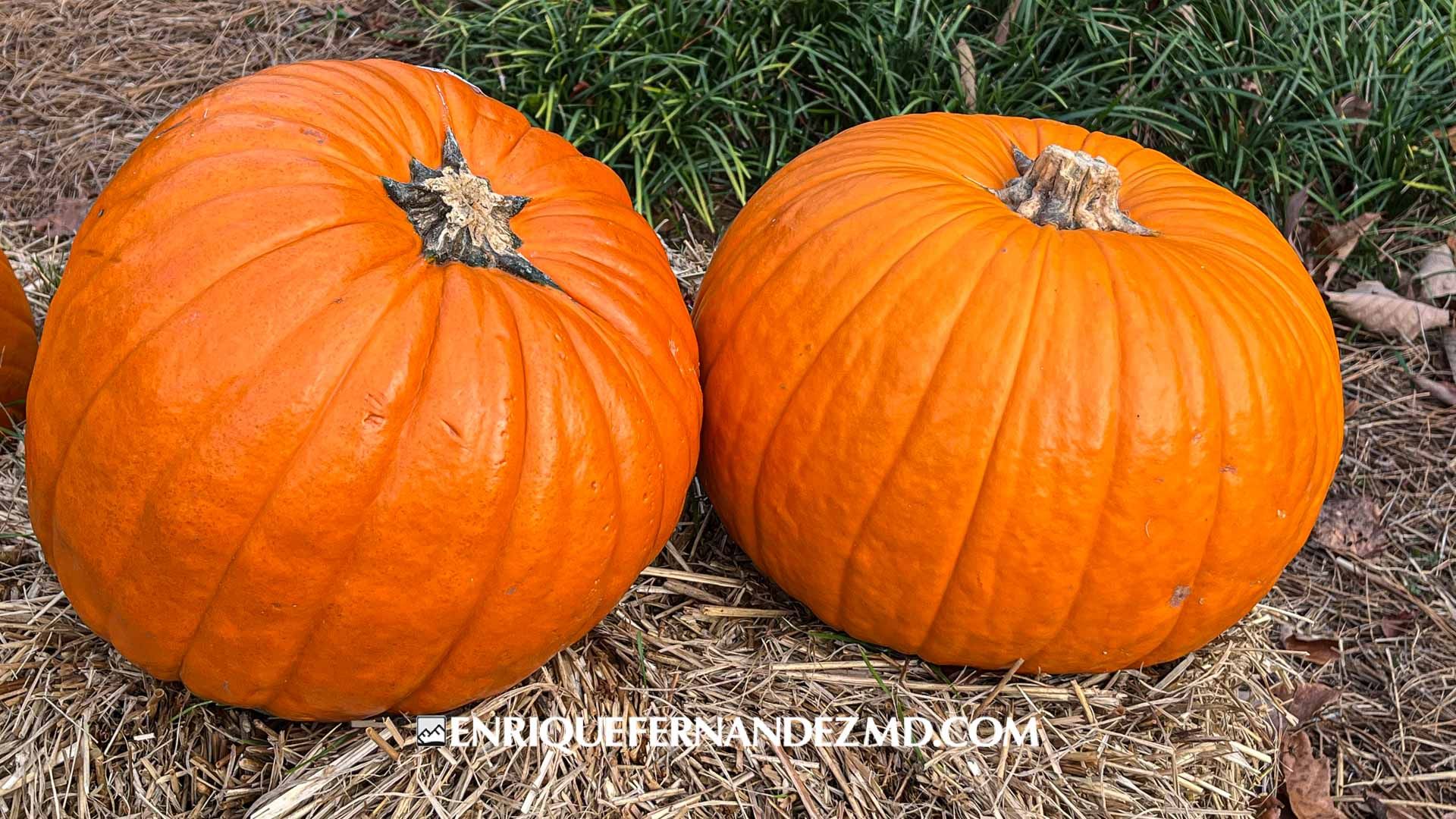The Discipline of Gratitude

“Expressions” – 2023
USA
The Nature of Gratitude
Gratitude is often spoken of as emotion, a warm response to kindness or fortune, but its deeper value lies in practice. It is not only something we feel when life is generous; It is something we choose when life is challenging.
As a discipline, gratitude becomes an orientation, a way of seeing that illuminates meaning even in difficulty. It reminds us that joy is not found in having more, but in being more appreciative.
Professionals accustomed to high performance sometimes overlook gratitude amid ambition. Yet it is gratitude that gives ambition integrity. It roots achievement in appreciation rather than accumulation.
Gratitude, practiced daily, transforms both the moment and the mind that perceives it.
Why Gratitude Must Be Practiced
Left to impulse, gratitude fades in the noise of daily life. The mind naturally focuses on what is missing or unfinished. The discipline of gratitude rebalances this tendency by redirecting attention toward what is present and valuable.
To practice gratitude is to resist the pull of dissatisfaction. It trains perception to recognize abundance in small details: the steady companionship of others, the resilience of the body, the beauty of an ordinary morning.
Without practice, gratitude remains occasional. With it, gratitude becomes continuous. It stops being a reaction and becomes an awareness.
The Relationship Between Gratitude and Awareness
Gratitude begins in awareness. When we pause long enough to notice, we naturally give thanks. Awareness transforms the ordinary into extraordinary, the familiar coffee becomes comfort, the daily walk becomes meditation, the passing conversation becomes connection.
Awareness turns time into texture. It allows us to experience it rather than merely endure. When awareness deepens, gratitude follows effortlessly.
The two are inseparable: awareness reveals, gratitude responds. Together, they form the foundation of serenity.
Gratitude as Perspective
Gratitude reframes perspective. It does not deny hardship, but it places hardship within a larger frame. When we are grateful, we remember that struggle coexists with strength, loss with learning, and endings with renewal.
This perspective transforms emotion into understanding. It prevents cynicism by offering balance. Gratitude teaches that pain and joy are not opposites, they are partners in depth.
Professionals who cultivate this perspective maintain equilibrium through uncertainty. Gratitude steadies focus, not by eliminating difficulty, but by elevating meaning above it.
The Emotional Intelligence of Gratitude
Gratitude expands empathy. When we recognize the gifts in our own lives, we become more attuned to the needs and contributions of others.
In leadership, gratitude humanizes authority. It acknowledges effort, fosters trust, and strengthens connection. Teams led by gratitude experience higher morale because they feel seen, not only for results, but for humanity.
In personal life, gratitude heals distance. Expressing thanks softens pride and strengthens relationships. The simple act of acknowledgment can transform misunderstanding into mutual respect.
Gratitude deepens emotional intelligence by uniting humility with appreciation.
The Challenge of Sustaining Gratitude
Gratitude, though simple, is not effortless. It requires deliberate practice, especially during times of fatigue, frustration, or loss.
The challenge lies in constancy, choosing gratitude even when circumstances seem undeserving of it. It is easy to feel grateful for comfort; it is transformative to feel grateful for challenge.
To sustain gratitude, we must see it not as a reward but as a resource. It becomes the strength that allows endurance, not the outcome of ease.
When gratitude is sustained through difficulty, peace becomes independent of condition.
Gratitude As Discipline
Like any discipline, gratitude matures through repetition. A daily practice might include:
- Writing three specific gratitudes each morning.
- Expressing appreciation to one person each day.
- Reflecting nightly on what went right before focusing on what went wrong.
These habits rewire attention toward balance. Over time, they train the mind to notice what sustains rather than what disappoints.
Gratitude as discipline does not require perfection, only persistence. Even brief moments of intentional thanks redirect thought toward awareness .
Gratitude And Renewal
Gratitude renews energy because it replaces feelings of depletion with perspective. When we focus solely on progress or outcome, life feels like pursuit. Gratitude transforms pursuit into participation.
Through gratitude, we recognize that each stage of life, each success and each setback, contributes to wholeness. Renewal comes not from avoiding difficulty but from experiencing meaning within it.
Gratitude thus becomes not a reaction to joy but a generator of it.
The Legacy of Gratitude
A life lived in gratitude leaves a gentle but powerful legacy. Those who practice it radiate calm, patience, and generosity. Their influence extends beyond accomplishment to equanimity, the sense of peace they bring wherever they go.
Gratitude multiplies impact by magnifying appreciation. The kindness you acknowledge continues through others. Each thank you, sincerely given, contributes to continuity of goodness.
Legacy built on gratitude endures because it teaches others how to live with presence and grace.
Living Gratitude Daily
Living with gratitude is not about pretending life is perfect; it is about seeing perfection in moments of imperfection.
When practiced daily, gratitude becomes both anchor and compass, anchoring you in the present and guiding you toward what matters most. It keeps life grounded in humility and elevated by hope.
The discipline of gratitude turns existence into experience and time into meaning. Through it, we remember that joy is not something we chase, but something we choose.
PS: Would you like to learn more about how to transition successfully from your career? I provide services to physicians, non-medical credentialed professionals, corporate executives, businessmen and entrepreneurs that are tailored to their specific needs. Click here to request an introductory conversation.
If you would like to learn about another way that I can guide you, check out this brief video that describes my unique online course:
The Practice Transition Course for Physicians. TM
 Fern Springs – 2017
Fern Springs – 2017
Yosemite National Park, CA
![]()
ACCESS FREE GUIDE:
How to Transition Successfully from Your Career -
The Core Concerns
